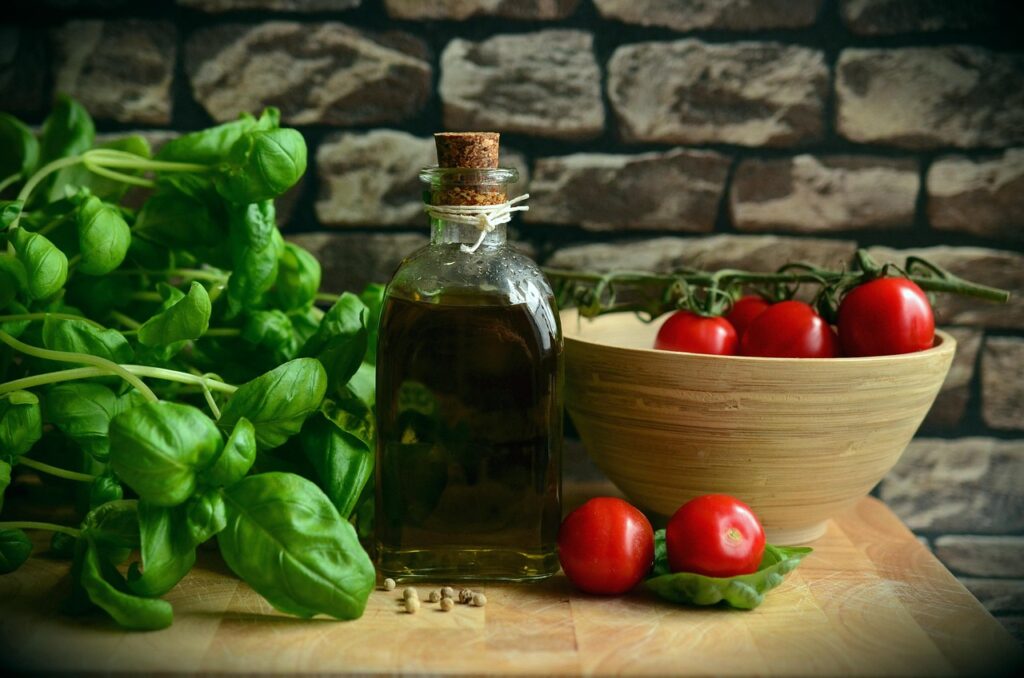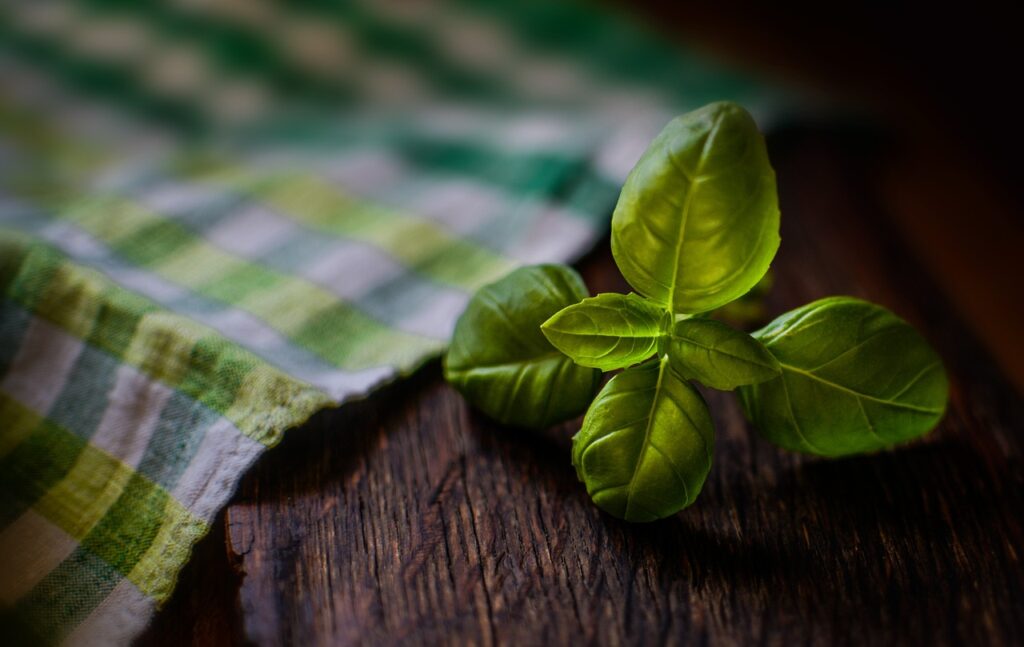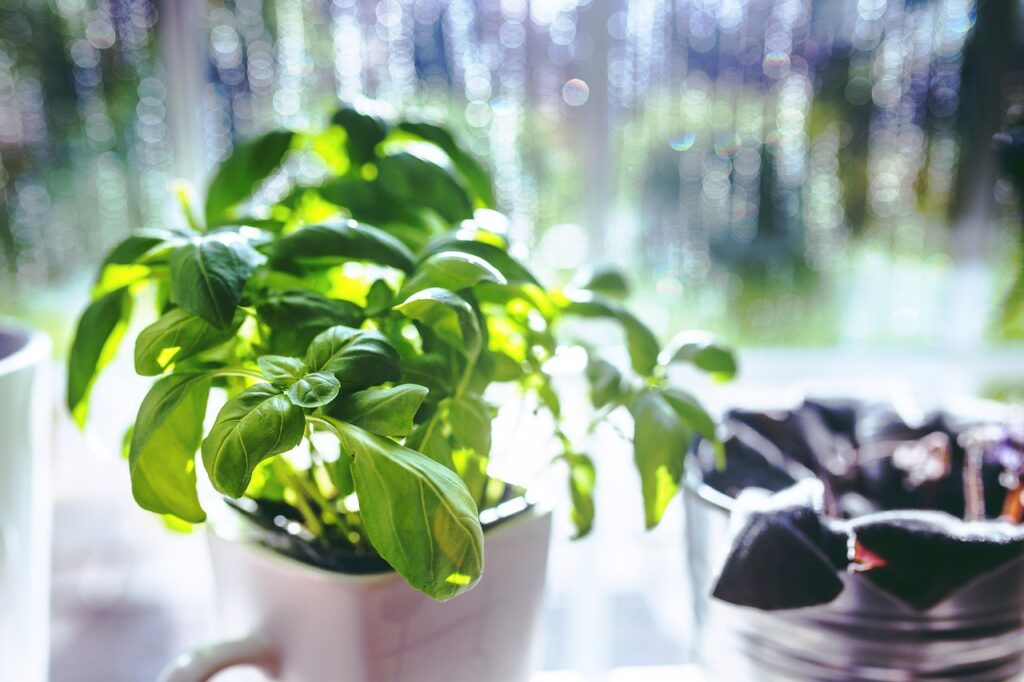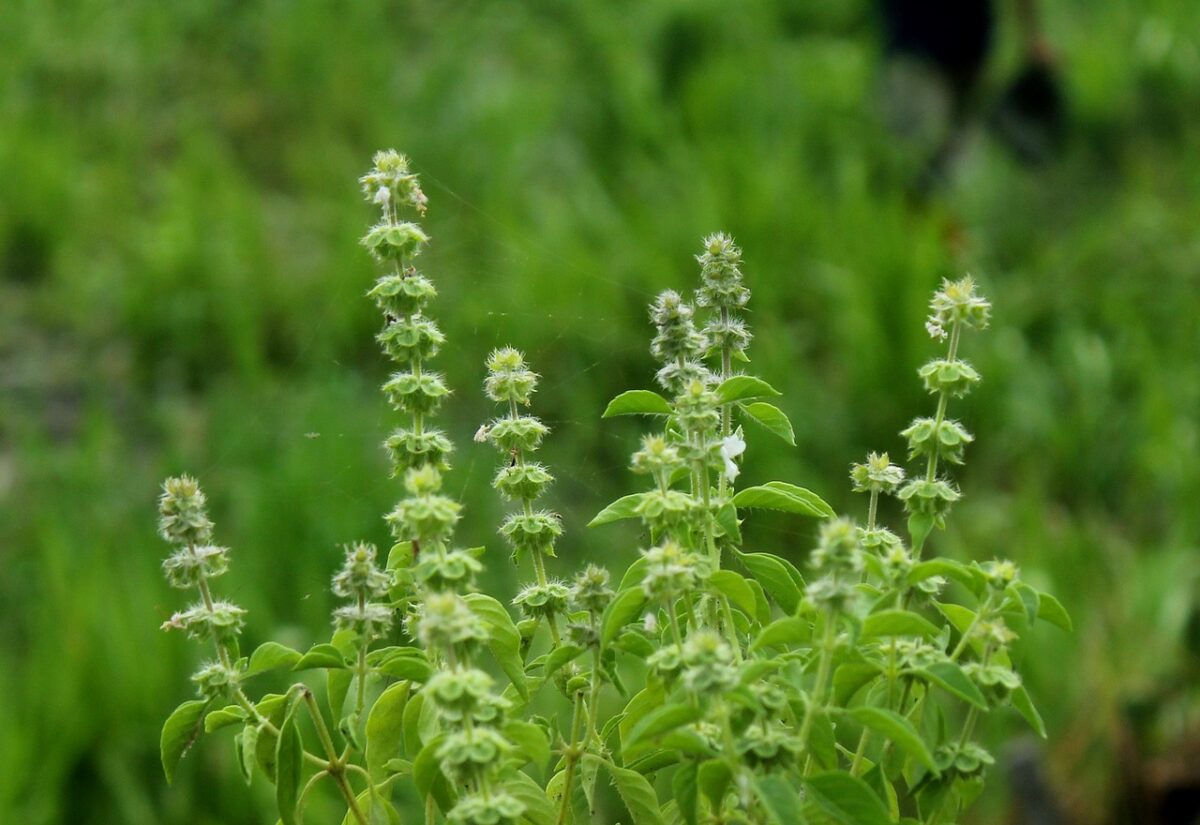Basil, with its aromatic leaves and vibrant flavor, is a versatile herb that can elevate a multitude of dishes. Whether you have an abundance of fresh basil from your garden or simply want to incorporate it into your cooking, there are countless ways to make the most of this culinary gem. From classic recipes to creative applications, this guide will explore various uses for basil leaves, offering practical ideas for home cooks and food enthusiasts alike.
Basil is not just a flavorful addition to meals; it is also a herb that can enhance the overall dining experience. Its unique taste profile ranges from sweet to slightly peppery, making it a perfect complement to a variety of ingredients. Beyond its culinary appeal, basil is easy to incorporate into everyday cooking, allowing you to transform simple dishes into extraordinary ones.
Classic Culinary Uses for Basil

Basil is a staple in many cuisines, particularly in Italian and Mediterranean dishes. Here are some classic ways to use basil leaves:
- Pesto: Blend fresh basil leaves with garlic, pine nuts, Parmesan cheese, and olive oil for a vibrant sauce that can be tossed with pasta or used as a spread.
- Caprese Salad: Layer fresh mozzarella, tomatoes, and basil leaves, drizzling with balsamic vinegar and olive oil for a refreshing salad.
- Margherita Pizza: Top your pizza with tomato sauce, mozzarella, and fresh basil before baking for a simple yet delicious dish.
- Soups and Stews: Add basil to tomato-based soups or vegetable stews for an extra layer of flavor.
- Herb Butter: Mix softened butter with finely chopped basil and garlic for a flavorful spread on bread or a topping for grilled meats.
- Stir-Fries: Toss fresh basil leaves into stir-fries at the last minute for a burst of flavor and freshness.
Creative Ways to Use Fresh Basil
If you’re looking to think outside the box, here are some innovative ideas to incorporate fresh basil into your meals:
- Basil-Infused Oil: Steep basil leaves in olive oil over low heat to create an aromatic oil that can be drizzled over salads or used for cooking.
- Basil-Enhanced Sauces: Add chopped basil to marinara or barbecue sauce for a fresh twist.
- Basil in Desserts: Use basil in fruit salads or blend it into sorbets for a surprising flavor combination.
- Basil and Citrus Pairings: Combine basil with citrus fruits like lemons or oranges in salads or marinades for a refreshing taste.
- Stuffed Vegetables: Incorporate chopped basil into the filling for stuffed peppers or zucchini for added flavor.
Preserving Basil for Later

To enjoy basil beyond its peak freshness, consider these preservation methods:
Freezing
- Wash and dry basil leaves thoroughly.
- Chop or leave whole, then place in an ice cube tray.
- Fill with water or olive oil and freeze. Once solid, transfer to a freezer bag for longer storage.
Drying
- Bundle fresh basil stems and hang upside down in a cool, dry place.
- Once dried, crumble the leaves and store in an airtight container away from sunlight.
Infusing
- Combine basil leaves with vinegar or oil and let sit for a week to create infused liquids.
- Strain and store in bottles for use in dressings or marinades.
Basil in Drinks and Beverages
Basil can add a unique twist to various beverages, making them refreshing and flavorful:
- Basil Lemonade: Muddle fresh basil leaves with lemon juice and sugar before mixing with water for a refreshing summer drink.
- Basil Cocktails: Incorporate basil into cocktails like mojitos or gin and tonics for an herbaceous note.
- Basil Iced Tea: Brew your favorite tea and infuse it with basil leaves for a fragrant iced drink.
Non-Culinary Uses for Basil
Basil isn’t just for the kitchen; it has various non-culinary applications as well:
- Aromatherapy: Use basil essential oil in diffusers for a calming and uplifting atmosphere.
- Natural Insect Repellent: The strong aroma of basil can help repel mosquitoes and other insects when planted in gardens or used in potpourri.
- Herbal Remedies: While not a substitute for medical advice, basil is sometimes used in herbal teas for its soothing properties.
Tips for Storing and Handling Basil

To keep your basil fresh for as long as possible, follow these storage tips:
- Refrigeration: Store basil in a glass of water in the refrigerator, covering the leaves loosely with a plastic bag to maintain humidity.
- Counter Storage: If you plan to use basil quickly, keep it in a vase on the counter, similar to fresh flowers.
- Avoid Bruising: Handle basil gently to prevent bruising, which can lead to wilting and loss of flavor.
